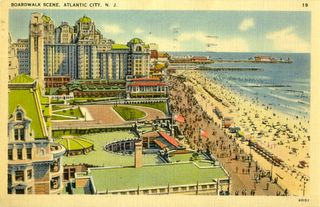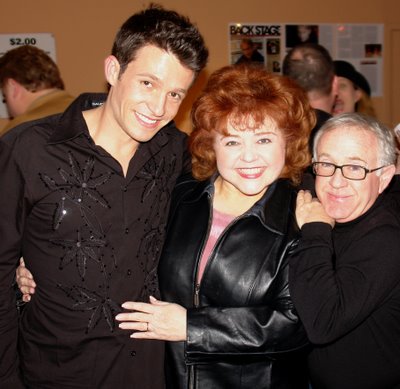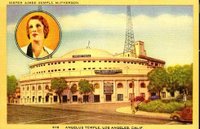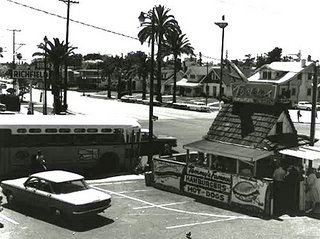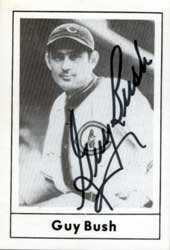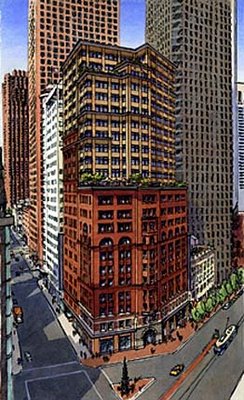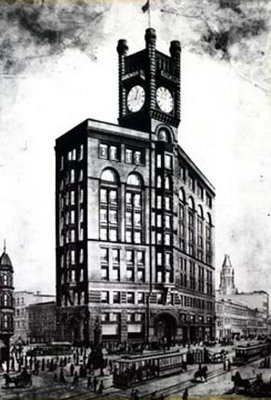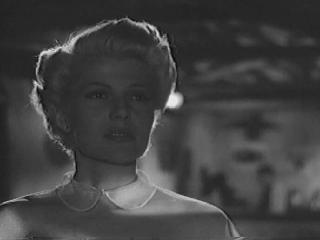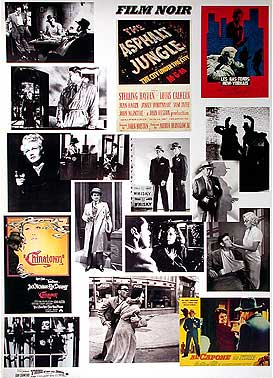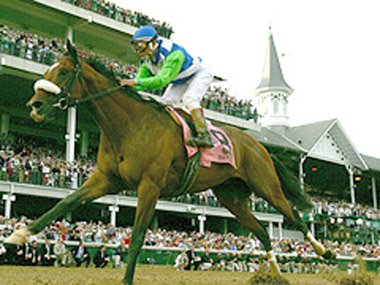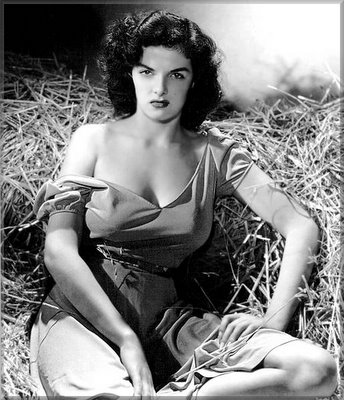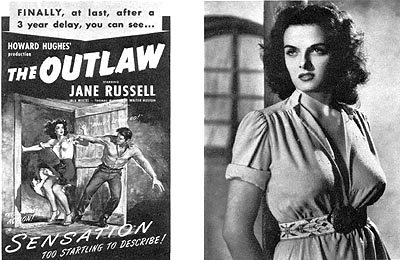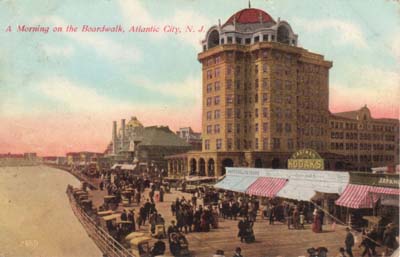
By Rod Kennedy Jr., author of "Monopoly: The Story Behind the World's Best-Selling Game" (2004, Gibbs Smith) and the originator of "Atlantic City, 125 Years of Ocean Madness" (Ten Speed Press).
IN 1935, PARKER BROS. introduced Monopoly, a real estate trading game that has gone on to become the world's bestselling game, with more than 250 million copies sold in more than 80 countries to date.
One of the unexpected side effects of the game's extraordinary success was to make famous — indeed, to make iconic — the streets of Atlantic City, N.J., the seaside town where the original, classic "Number Nine" Monopoly game board was set. Today, it probably would be difficult to find an American child (or perhaps an American of any age) who is not familiar with Baltic Avenue, Marvin Gardens or, certainly, the prime real estate properties of Park Place and Boardwalk.
But 20 years from now, that may no longer be true. Hasbro, the current owner of Monopoly, recently announced that it is coming out with a new version of the game called "Monopoly: Here and Now," which is slated to become the company's new flagship edition. In it, the well-known Atlantic City landmarks will be replaced with "legendary streets, neighborhoods and national monuments from 22 cities — ranging from New York City to Honolulu." Hasbro is holding an online election on the Monopoly website where people can help select the locations that make it onto the new board.
But sadly — and in my opinion, wrongly — Hasbro has omitted Atlantic City from the list of candidate cities, generating an uproar from die-hard fans around the world. After all, what American street is more legendary than the Boardwalk in Atlantic City?
I'm particularly aggrieved by all this. Like many people, I once thought that the vividly colored properties on the classic board were fictional places that existed only as I envisioned them in my imagination. It was one of the great discoveries of my life to learn that these properties really do exist.
On my first visit to Atlantic City in 1973, I was thrilled to actually take a walk on the Boardwalk and to advance to St. Charles Place. The grand hotels that lined the Boardwalk like giant sandcastles were a wonder to behold, and the entertainment piers that jutted out into the sea were awesome.
As I learned more about Atlantic City, here are some things that I found out:
• Mediterranean and Baltic avenues really were "on the wrong side of the tracks" — the Pennsylvania and Reading Railroad tracks. Baltic Avenue was known for offering accommodations to African American visitors, and many of the kitchen and housekeeping workers who staffed the hotels on the Boardwalk lived there.
• Oriental Avenue was named for a rug shop and, along with Vermont and Connecticut avenues, once comprised a middle-class Jewish neighborhood that was filled with boarding houses and kosher delis, and dominated by a giant lighthouse where the Coast Guard kept an eye peeled for enemy subs during World War II. On the Monopoly board, the "light blues" are in a sweet spot of low cost and decent return — much as they were in real life.
• Kentucky Avenue once was known as KY-at-the-curb because it was lined with black nightclubs such as Club Harlem at 32 North Kentucky, which featured stars such as Billie Holiday, Cab Calloway and Sammy Davis Jr. In the early days, Club Harlem hid its gaming in the side room while showcasing the cream of America's black show business talent for a mostly white crowd.
• The President Hotel on the Boardwalk was conceived as a "summer White House," but no president ever slept there. In fact, Calvin Coolidge refused to stay there when he visited Atlantic City. The Taj Mahal of the Atlantic City boardwalk was the palatial Blenheim hotel, built in 1902 — a melange of domes and monoliths with deep porches and hooded windows.
• Atlantic City was considered "free parking" or "neutral turf" for gangsters during Prohibition and where they could gather without fear of being "whacked." In 1929, Al Capone held a crime convention there much like the Elks, Odd Fellows and Shriners.
• The jail was actually in the City Hall on the corner of Tennessee and Atlantic avenues, not on the corner of Connecticut Avenue and St. Charles Place as it is on the game board. Before Atlantic City had a jail, prisoners were handcuffed to trees in the mayor's yard.
• My parents spent their honeymoon in Atlantic City and stayed at the Shelburne Hotel on the Boardwalk. I was born nine months later.
Even though I have been assured that Hasbro will continue to produce the classic "Number Nine" version of the game for the time being, I fear the "Here and Now" version may signal its eventual demise — just as gambling and casinos did for the grand hotels and entertainment piers in Atlantic City itself. I call on Hasbro to continue to promote and keep the classic edition in print for many years to come, lest it make the same mistake Coca-Cola made when it nearly destroyed the company by taking Classic Coke off the shelves
